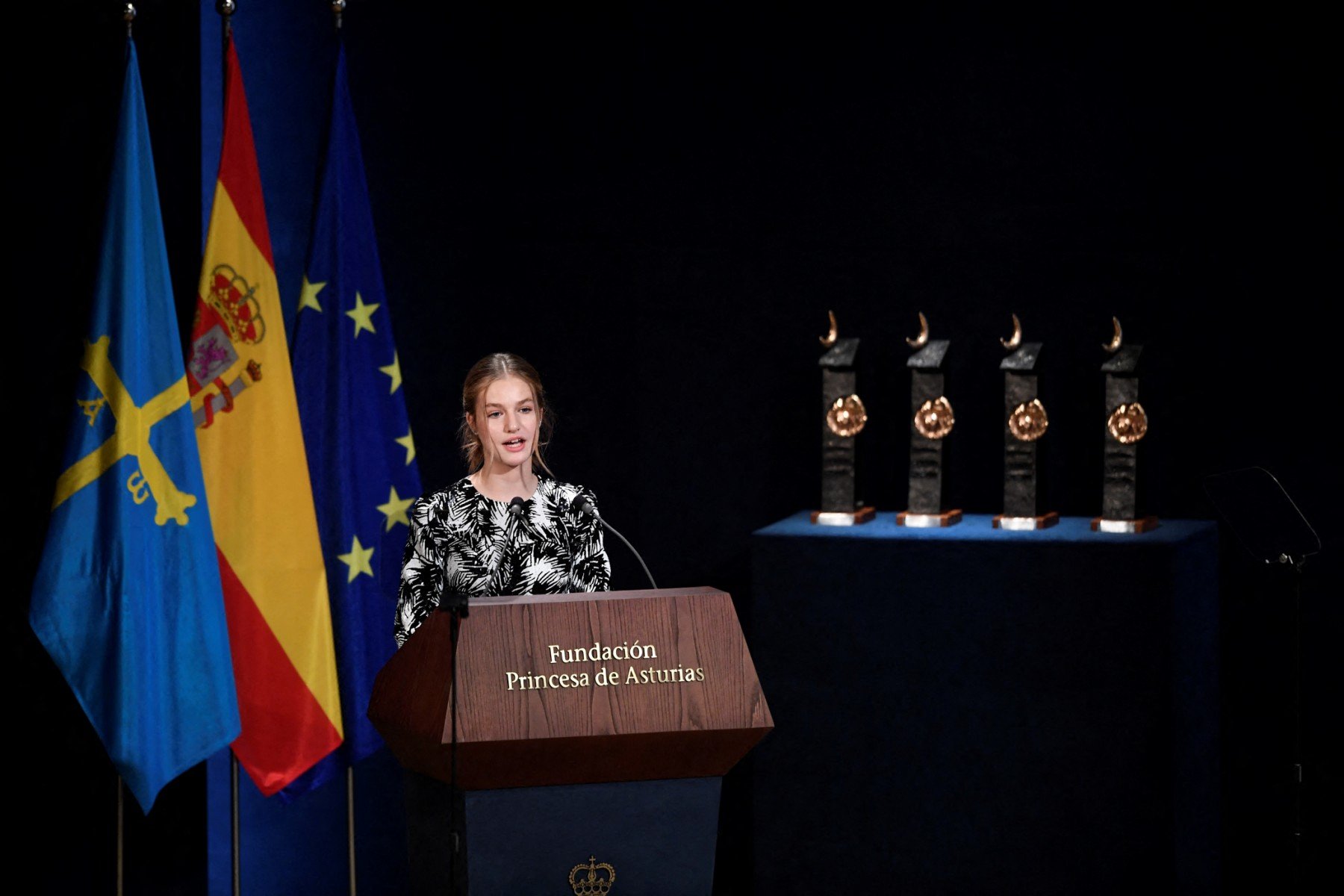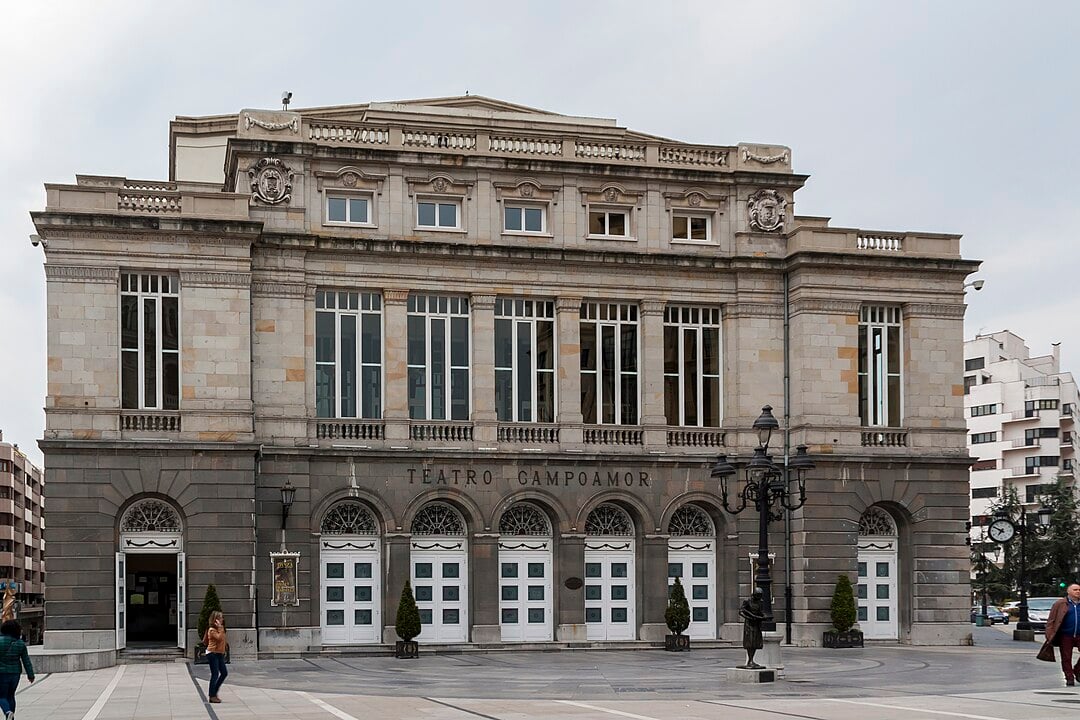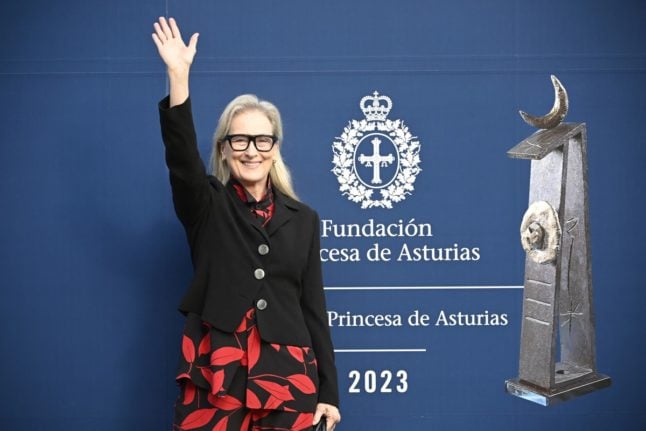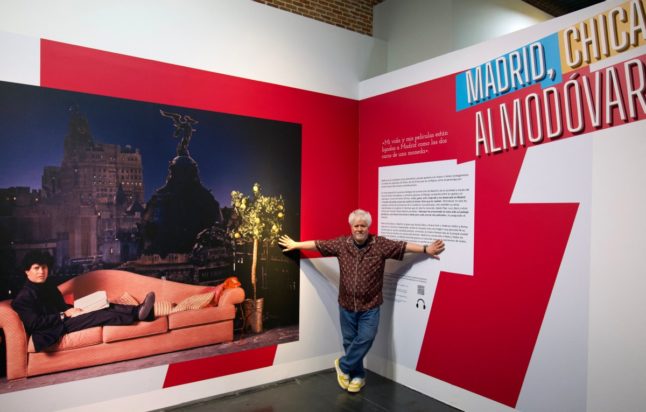Every year, typically in October, Spain looks forward to the distinguished Princess of Asturias Awards, the highest awards given to those who have made a mark in their field.
This year, 2023, they will be held on Friday, October 20th. Here’s everything you need to know about them, from how much money the recipients receive to who came up with the idea.
It is run by the Princess of Asturias Foundation, headed up by Spain’s teenage princess
Spain’s 17-year-old Princess Leonor is the chair of the Princess of Asturias Foundation and it is her that is in charge of handing out the awards and making a speech. They were previously called the Prince of Asturias Awards up until 2014, when Princess Leonor took over from her father, King Felipe IV aged just 13, and inherited his title.

The awards were not actually conceived by Spain’s royal family
Despite the name and the fact that it is Spain’s royal family that grants the awards, they were not actually their idea, but rather it was the initiative of the journalist Graciano García. Of the awards, he said: “My idea arose to create a Foundation that would establish firm links between the Prince and his Principality and would structure that relationship through the promotion of culture, the encouragement of concord and cooperation between peoples”.
Oviedo is Asturias’s capital, and given that successors to the throne in Spain go by the title of Prince or Princess of Asturias (in a similar vein to how the royal heirs in Britain go by Prince and Princess of Wales), it makes sense that the ceremony be held in this beautiful city in northern Spain.
READ ALSO: How Spain is becoming Hollywood’s European film set again
Prizes are awarded for different categories
The Princess of Asturias Awards are given to those who stand out in eight different categories. These are art, literature, social sciences, communication and humanities, technical and scientific investigation, international relations, sports and human rights.

Prize winners receive money as well as a statuette
Each winner receives a total of €50,000, which is divided equally among winners if the prize is shared. They also get a statuette, a diploma and a badge.
The statuette was designed by the Catalan artist Joan Miró
Curiously the statues are not given out at the ceremony itself. This is because they are manufactured at the Parellada Foundry in Barcelona at the instruction of Joan Miró himself. Each weighs around eight kilos, and for this reason, they are shipped directly to the winners.
The first awards began in 1981
The Princess of Asturias Awards first took place on October 3rd, 1981 at the Campoamor Theatre in Oviedo. Since then, the ceremony has been held mainly in October, with the 21st, 22nd and 24th being the dates that most of the ceremonies have been held.

Winners are selected by a jury
The winners are chosen by a jury made up of specialists in the respective fields of the eight categories that make up the awards. Each award has its own jury, made up of around 15 to 20 people, which is appointed annually by the Foundation. The only difference is the Award for Concord or human rights, which is made up of members of the Foundation’s Boards of Trustees.
Prizes are not only awarded to Spaniards
The awards are not only for Spaniards, in fact, previous winners have been from a total of 63 different countries. Although Spaniards have received the most, 85 people from the US have been recognised, 34 from the UK, 23 from France, 19 from Mexico, 15 from Germany and 14 from Italy, among other countries.

They can be awarded to people of all ages
Although the average age of those receiving the prizes is 63 years, they have been given to both the young and old. Tennis star Rafa Nadal was the youngest to receive an award when he was just 22 and the oldest is to be awarded this year to 93-year-old Hélène Carrère D’ Encausse, a former French politician and member of the European Parliament. Although D’ Encausse died in August 2023, she will still be awarded posthumously.
King Felipe VI was just 13 when he gave his first awards
King Felipe VI was 13 years old when he gave his first speech, at the first edition of the Prince of Asturias Awards. He chose this setting to speak for the first time in public. He congratulated the winners and the members of the jury and spoke about his “beloved Asturias”.



 Please whitelist us to continue reading.
Please whitelist us to continue reading.
Member comments